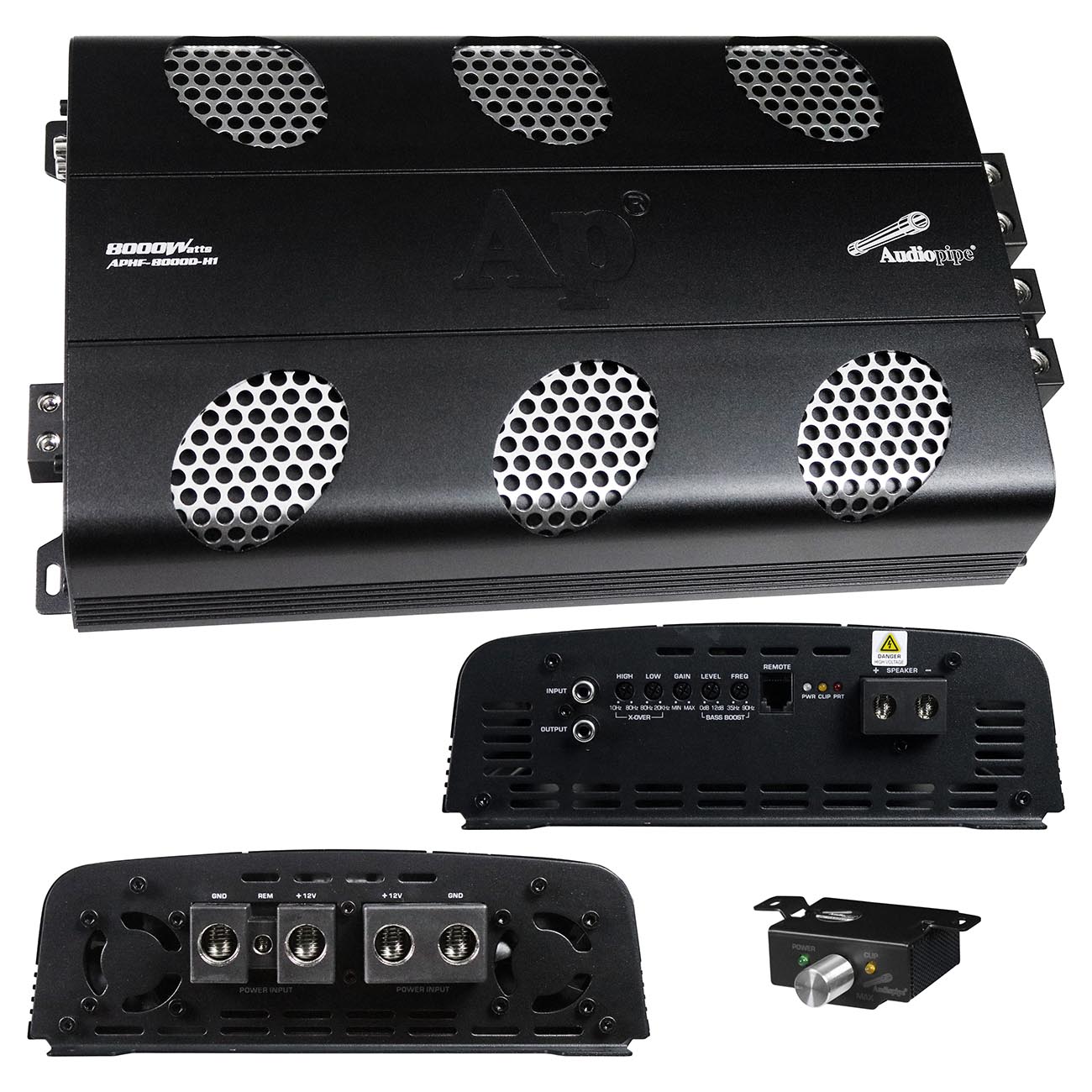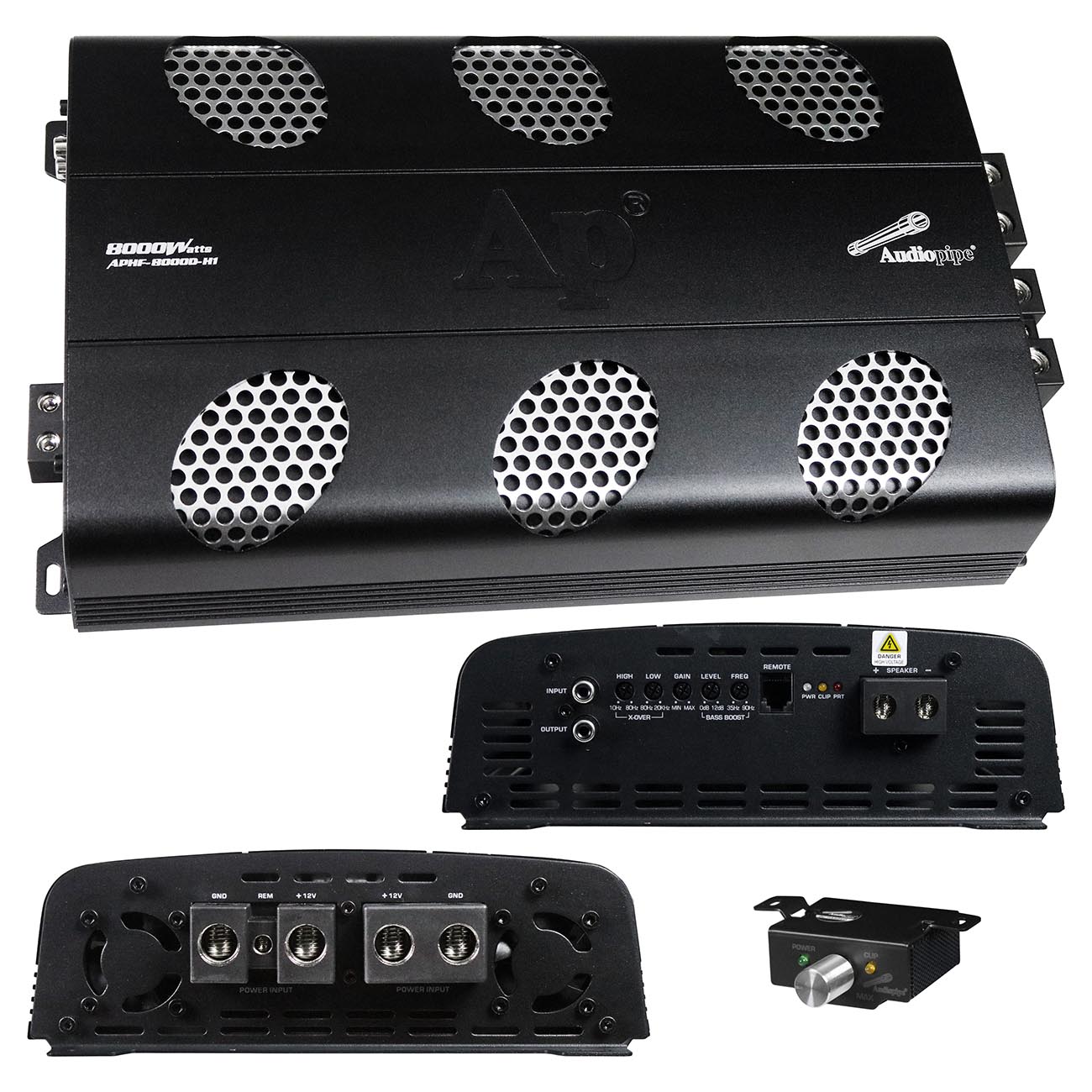Answer
Aug 23, 2024 - 08:25 AM
The terms "monoblock" and "stereo power amp" refer to two different types of amplifiers, each designed for specific purposes in audio systems. Here’s a breakdown of the key differences:
1. Channel Configuration-
Monoblock Amplifier:
- Single Channel: A monoblock amplifier is a single-channel amplifier, meaning it is designed to amplify only one audio signal and drive one speaker or subwoofer. Each monoblock amp is dedicated to a single channel, which is ideal for powering a subwoofer or a single speaker.
- Flexibility: You can use multiple monoblock amplifiers in an audio setup, one for each channel (e.g., one for the left speaker and one for the right speaker in a stereo setup).
-
Stereo Power Amplifier:
- Two Channels: A stereo power amplifier has two channels, meaning it can amplify two audio signals simultaneously and drive two speakers, typically one for the left and one for the right channel in a stereo setup.
- Simplified Setup: A stereo amp provides a convenient solution for powering two speakers from a single amplifier unit, making it ideal for standard stereo systems.
-
Monoblock Amplifier:
- Dedicated Power: Because a monoblock amplifier is dedicated to a single channel, it can often provide more power to that channel compared to a stereo amp, which splits its power between two channels. This makes monoblock amps particularly suited for high-power applications, such as driving subwoofers.
- Design Focus: Monoblock amplifiers are often designed to deliver high current and power, making them more suitable for driving low-impedance loads (like subwoofers).
-
Stereo Power Amplifier:
- Balanced Power: A stereo amp shares its power between two channels, so while it might not deliver as much power per channel as a monoblock amp, it provides a balanced and coherent sound for stereo audio systems.
- Efficiency: Stereo amplifiers are typically more efficient in terms of space and cost for powering two speakers, especially in a home or car audio setup.
-
Monoblock Amplifier:
- Subwoofers: Monoblock amps are often used to drive subwoofers due to their ability to deliver high power to a single speaker. They are common in car audio systems where powerful bass is desired.
- High-End Audio Systems: In high-end home audio systems, monoblocks might be used for each speaker (one monoblock per speaker) to provide maximum power and channel separation.
-
Stereo Power Amplifier:
- Stereo Systems: Stereo amps are most commonly used in home and car audio systems to power a pair of speakers, providing a stereo soundstage with left and right channels.
- Standard Audio Systems: For most typical audio setups, a stereo power amplifier is sufficient and offers a good balance between performance and convenience.
-
Monoblock Amplifier:
- Higher Cost: Because you need one monoblock amplifier for each channel or speaker, the cost can be higher compared to a single stereo amplifier.
- Complexity: Setting up a system with multiple monoblocks can be more complex in terms of wiring and space requirements.
-
Stereo Power Amplifier:
- Cost-Effective: A stereo amplifier is generally more cost-effective because it powers two channels from one unit.
- Simpler Setup: With a stereo amp, you only need one unit to power both speakers in a standard stereo setup, simplifying installation and reducing space requirements.
- Monoblock Amplifier: A single-channel amplifier, often used for subwoofers or high-end systems where dedicated power to each speaker is desired.
- Stereo Power Amplifier: A two-channel amplifier used to power left and right speakers in a stereo setup, providing a balanced and efficient solution for most audio systems.
Choosing between a monoblock and a stereo power amplifier depends on your specific needs, such as the desired power output, the number of speakers, and the overall complexity and cost of the audio system you’re planning to build.





Add New Comment